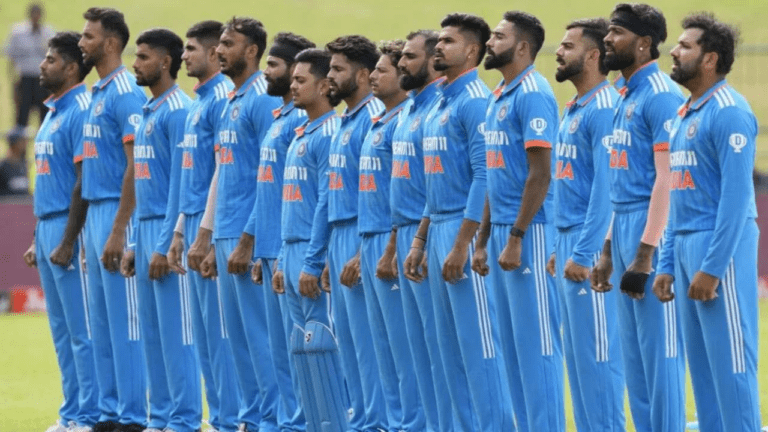IPL Auctions: Inside the Process
Reddy Anna Book, Reddy Book Club: The IPL auctions have become an integral part of the cricketing world, with teams vying for the best players to build their squads. The auction process originated in 2008, when the inaugural season of the Indian Premier League took place. It was a novel concept in the world of cricket, as players were put up for auction and franchises had to bid for them based on their skills and value to the team.
Over the years, the IPL auctions have evolved significantly, with teams strategizing and spending big bucks to secure their desired players. The auctions have witnessed intense bidding wars between franchises, leading to some players fetching exorbitant amounts. Each season brings new surprises, as players change teams and franchises work tirelessly to build a competitive squad. The history of IPL auctions is a testimony to the ever-evolving nature of the sport and the constant strive for excellence in team composition.
The Role of Franchises in the Auction Process
Franchises play a pivotal role in the IPL auction process, as they are responsible for strategizing and finalizing their team compositions. Each franchise meticulously analyzes the players available for auction, taking into consideration their strengths, weaknesses, and value in the team dynamics. It is a high-stakes event for franchises, as the decisions made during the auction can significantly impact their performance in the upcoming season.
The role of franchises extends beyond just bidding on players. They also need to strike a balance between investing in established players and nurturing young talent. Franchises often have pre-determined budgets and team requirements that guide their decisions during the auction. It is a challenging task for franchises to optimize their resources and secure a balanced team that has the potential to perform well throughout the IPL season.
The Bidding Strategy of Teams
Successful team bidding strategies in IPL auctions involve a careful balance of securing star players while also managing their budget effectively. Teams often start by identifying key positions that need strengthening and then evaluating available players who fit their requirements. This strategic approach helps teams avoid overspending on players who may not necessarily contribute significantly to their overall performance.
Additionally, teams strategically bid for players based on their current form, potential impact on the team’s performance, and their adaptability to the conditions of the tournament. Sometimes, teams choose to focus on acquiring young and talented players who have the potential to grow and become valuable assets in the long term, rather than solely targeting established stars. By adopting a well-thought-out bidding strategy that considers both short-term gains and long-term benefits, teams can position themselves for success in the highly competitive environment of the IPL.







